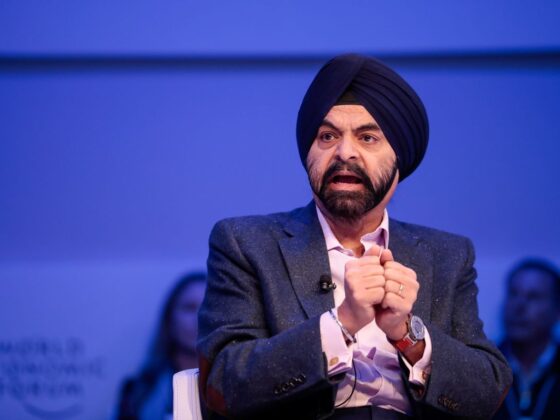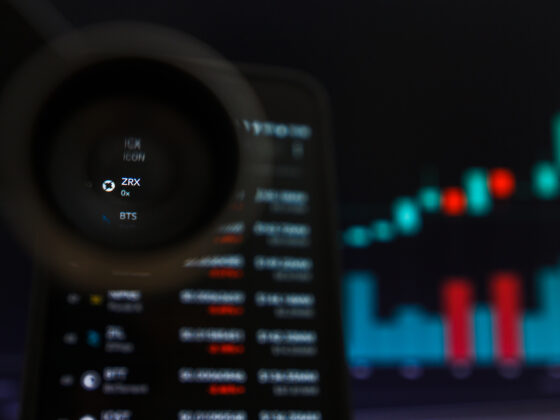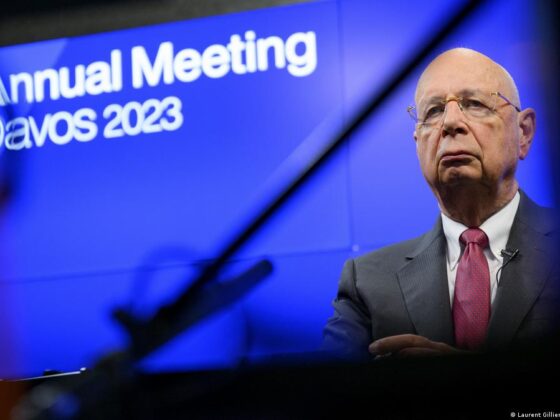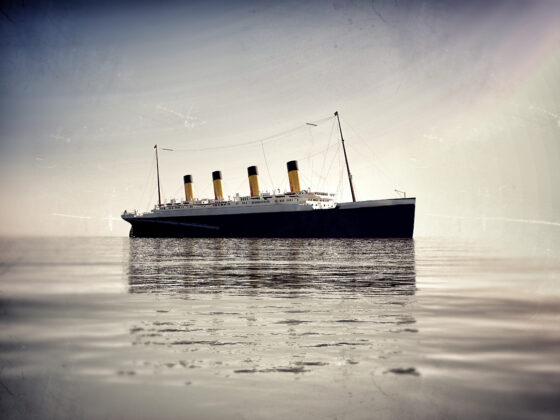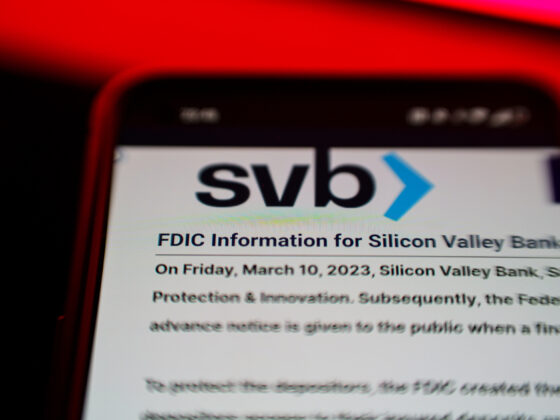I’ve already pointed out how the conveyor of consumerism is now putting us as the product in my article Mark of the Beast. But I started reading an interesting book from the 50’s that was recommended to me and would like to delve further into the concept around it and the marketing of it.
The Hidden Persuaders, by Vance Packard. He’s the author who wrote that special book I refer to a lot, The People Shapers. So thought it was about time I read this one too. It’s about marketing, more specifically the techniques and strategies used since the 50’s to convince us to buy things. Which then took on a new role for many other areas as well, helping to shape how we are today as a society. Although this book is about the US, it can be applied to here as well. I’m only two chapters in, and it’s gold. Covering the use of mass psychoanalysis to guide heavily funded research and campaigns. Within the commercial landscape initially and then increasingly in the political one. I’ll share some key phrases with you.
“What the probers are looking for, of course, are the whys of our behaviour, so that they can more effectively manipulate our habits and choices in their favour”
Very quickly after that line, he mentions it moving from the “genial world of James Turber into the chilling world of George Orwell and his Big Brother”. Indeed, he is correct about that, as we see around us today and especially with that particular book being mentioned a lot. But this next sentence stands out to me
“Another aspect of people’s behaviour that troubled marketers is that they are too easily satisfied with what they already have”.
They were concerned that although business was booming across the board it couldn’t be sustained unless you put more pressure on everyday Americans to consume more. In a 1955 Christianity and Crisis publication they stated
“The dynamics of an ever-expanding system require that we be ‘persuaded to consume to meet the needs of the productive process’.”
So, with over-production threatening, they turned their attention, not to that they might be making to much, no, it was that the people were buying too little. Funny and tragic all at once really. With billions being poured into marketing, the phrase ‘We don’t sell lipstick, we buy customers’ came about. People became a bigger commodity then I realise. But their biggest hurdle it seems at first was that after a time, most people really did have what they need. And if the products were any good, shouldn’t need replacing every year. So, what to do. They went for the idea of creating ‘psychological obsolescence’ to make people feel dissatisfied with what they have and want new. I wonder whether this is how that saying ‘keeping up with the Jones’s’ came from. To encourage you to covet what someone else has, to think they have more, or better and that you too should have it. That’s really raged out of control now, hasn’t it?
We know they use whatever trick they can to get us to buy things, but it isn’t just about the bottom line, or money. It seems to be about controlling the way you think as with an awful lot these days. Bit more sinister than just ‘buy my stuff’ isn’t it?





